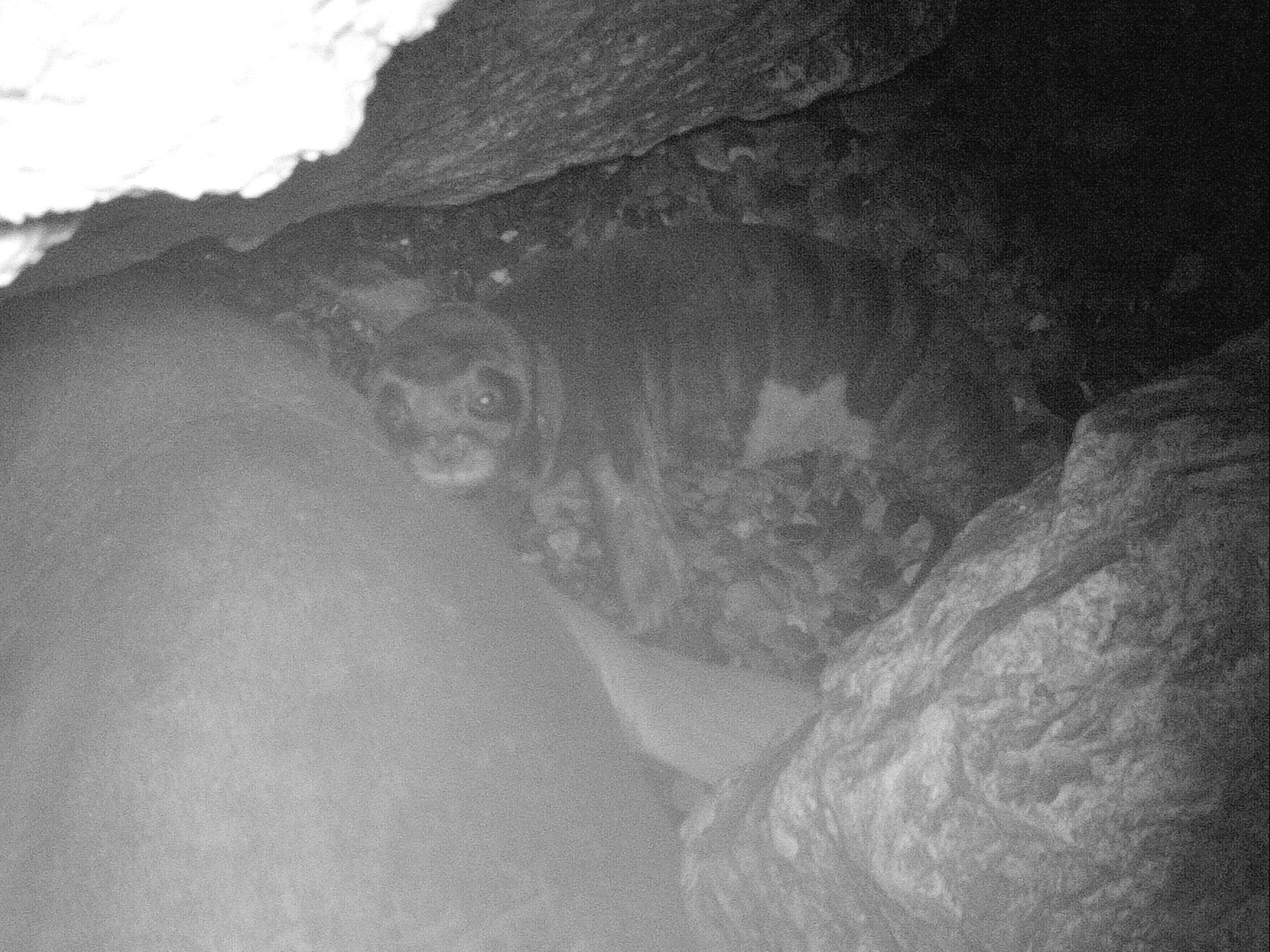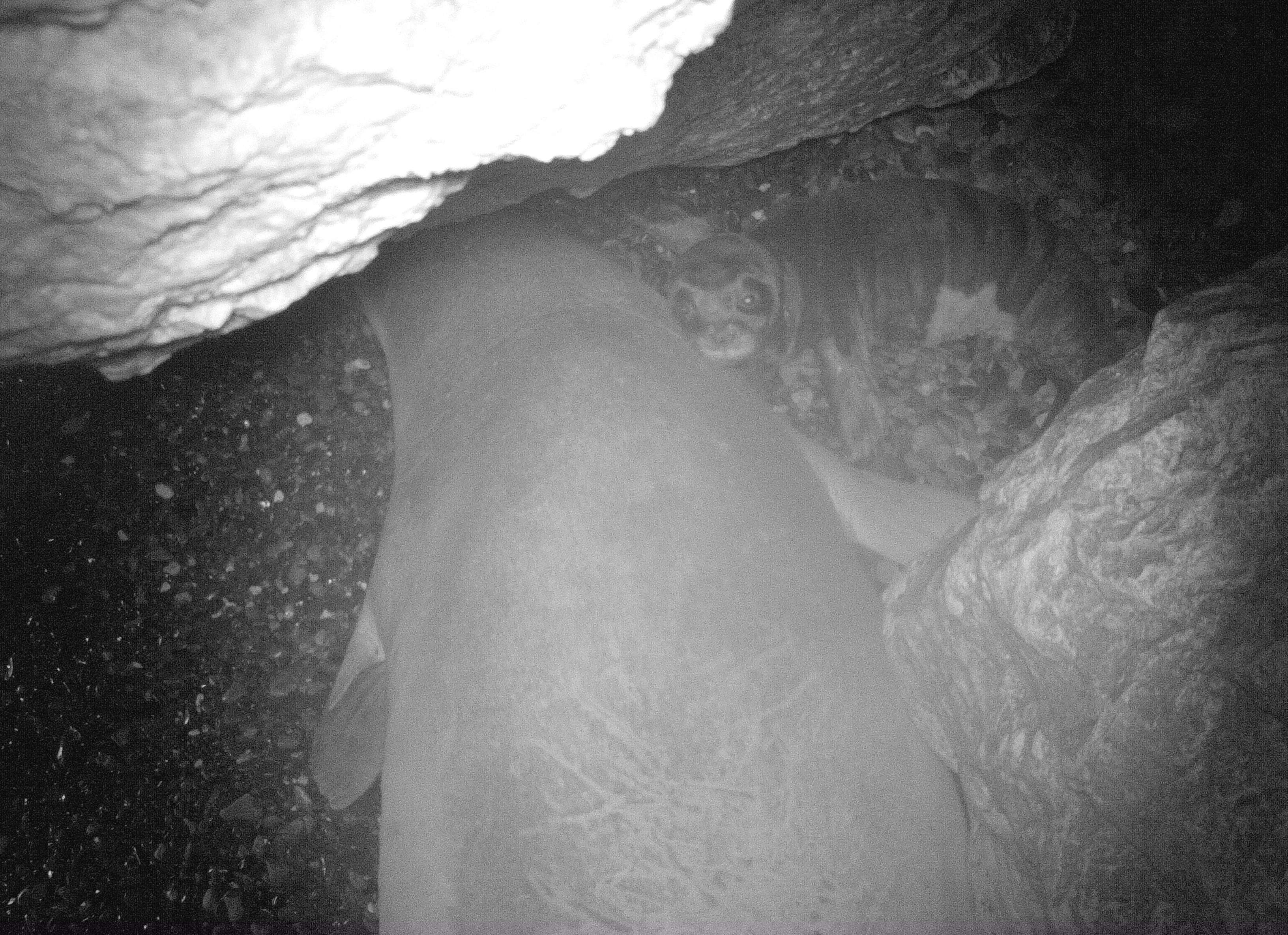Secret breeding site of world’s rarest seal discovered
There are less than 1,000 Mediterranean monk seals left, and their last breeding sites face destruction to make way for coastal developments

Your support helps us to tell the story
From reproductive rights to climate change to Big Tech, The Independent is on the ground when the story is developing. Whether it's investigating the financials of Elon Musk's pro-Trump PAC or producing our latest documentary, 'The A Word', which shines a light on the American women fighting for reproductive rights, we know how important it is to parse out the facts from the messaging.
At such a critical moment in US history, we need reporters on the ground. Your donation allows us to keep sending journalists to speak to both sides of the story.
The Independent is trusted by Americans across the entire political spectrum. And unlike many other quality news outlets, we choose not to lock Americans out of our reporting and analysis with paywalls. We believe quality journalism should be available to everyone, paid for by those who can afford it.
Your support makes all the difference.A key breeding site for the world’s rarest seal has been discovered, scientists have said.
There are only around 700 individual Mediterranean monk seals living in the wild, living in three or four population groups, but due to the animal’s secretive habits, identifying its breeding sites – which can help conservation efforts - has been difficult.
But new research using camera traps in the remote sea caves the seals favour for giving birth has led to the discovery of a key breeding area, which is under threat from human development.
The seals are classified as endangered by the IUCN, and due to past hunting activity and ongoing fishing pressures, now face extinction both in the Mediterranean and the north east Atlantic which makes up their range.
The species was once known to congregate and give birth on beaches, like other types of seal, but during the 18th century, their behaviour changed, and pregnant Mediterranean monk seals now only use caves with underwater entrances inaccessible to humans while giving birth.
Furthermore the caves they use are usually situated on rugged and remote coastal regions, making monitoring them more difficult.
But the new study, carried out by researchers from the University of Exeter and the Society for the Protection of Turtles (Spot), used camera traps to confirm breeding in caves in northern Cyprus, with at least three pups born from 2016-19 at one cave.
The researchers said only certain caves are suitable for monk seal breeding and resting, so although the numbers are small, urgent action is needed to protect these caves.
“This area of coastline is being developed rapidly, especially for construction of hotels,” said Dr Robin Snape, of the Centre for Ecology and Conservation on Exeter’s Penryn Campus in Cornwall.
“A survey of the coast in 2007 found 39 possible breeding caves, and some of these have already been destroyed.
He added: “The main breeding site we identify in this study currently has no protected status, and we are working with local authorities to try to change this.”

Lead author Dr Damla Beton, of Spot said: “Another major threat to monk seals in this area is bycatch (accidental catching by fisheries).
“We are working with fishers and government ministries to ensure protection areas at sea, because at present no measures are implemented to mitigate bycatch in the core areas used by these seals.”
The team has now established long-term monitoring of the breeding caves, aiming to determine the size of this seal population.
The species was once a common hunting target, but in recent decades they have been killed because of the damage they can inflict on fishing nets.
The research is published in Oryx - The International Journal of Conservation.




Join our commenting forum
Join thought-provoking conversations, follow other Independent readers and see their replies
Comments